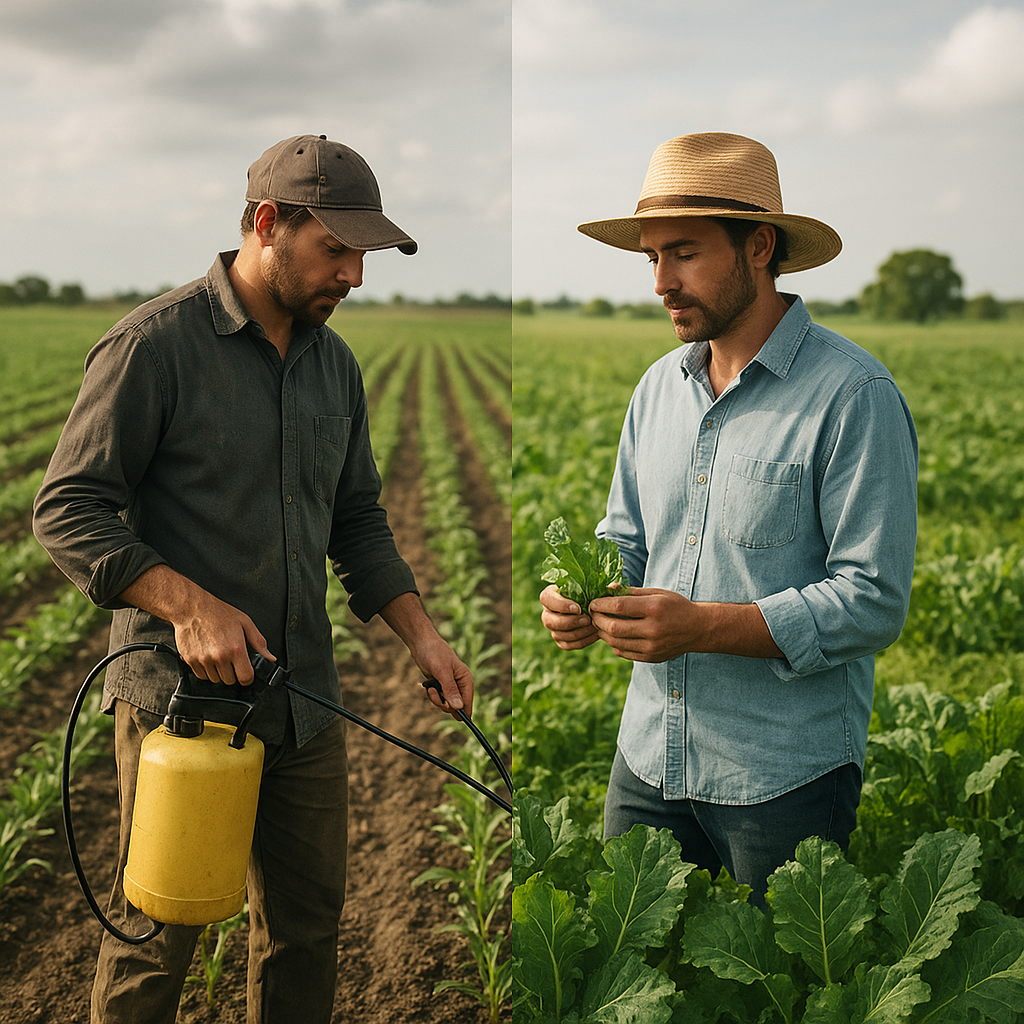The journey of young farmers entering the agricultural industry is often fraught with numerous challenges that can hinder their success and sustainability. As the world faces increasing demands for food production, young individuals are stepping into farming with fresh ideas and innovative practices. However, they must navigate a complex landscape filled with economic, environmental, and social obstacles. This article explores the various challenges faced by young farmers and offers insights into potential solutions to foster a more supportive environment for the next generation of agricultural leaders.
Economic Challenges
One of the most significant hurdles for young farmers is the economic barrier to entry. The cost of land, equipment, and inputs can be prohibitively high, making it difficult for newcomers to establish their operations. Many young farmers find themselves in a cycle of debt as they attempt to secure financing to cover these initial costs.
High Land Prices
Land prices have skyrocketed in many regions, driven by urban expansion, speculative investments, and the consolidation of agricultural operations. Young farmers often lack the financial resources to compete with established farmers or investors who can pay cash for land. This situation forces many to seek alternative arrangements, such as leasing land, which can lead to instability and uncertainty in their farming operations.
Access to Credit
Securing loans is another significant challenge for young farmers. Traditional lending institutions may be hesitant to provide financing to individuals with limited credit histories or collateral. Additionally, the agricultural sector is inherently risky, and lenders may view young farmers as high-risk borrowers. This lack of access to credit can stifle innovation and prevent young farmers from investing in necessary equipment or technology.
Market Competition
Young farmers often face stiff competition from established agricultural businesses that benefit from economies of scale. Larger farms can produce goods at lower costs, making it difficult for newcomers to compete on price. This competition can lead to a race to the bottom, where quality and sustainability are sacrificed for lower prices. Young farmers must find ways to differentiate their products, often focusing on niche markets or organic practices to attract consumers willing to pay a premium.
Environmental Challenges
As stewards of the land, young farmers are increasingly aware of the environmental challenges facing agriculture today. Climate change, soil degradation, and water scarcity are pressing issues that require innovative solutions and sustainable practices. However, young farmers often lack the resources and knowledge to implement these changes effectively.
Climate Change Impacts
Climate change poses a significant threat to agricultural productivity. Young farmers must adapt to shifting weather patterns, including increased frequency of droughts, floods, and extreme temperatures. These changes can disrupt planting and harvesting schedules, leading to reduced yields and financial losses. Young farmers need access to climate-resilient crops and farming techniques to mitigate these risks.
Soil Health and Degradation
Soil health is critical for sustainable farming, yet many young farmers inherit land that has been over-farmed or mismanaged. Soil degradation can lead to reduced fertility, increased erosion, and lower crop yields. Young farmers must invest time and resources into soil restoration practices, such as cover cropping, crop rotation, and organic amendments, which can be challenging without adequate support and education.
Water Scarcity
Water scarcity is another pressing environmental challenge that young farmers must navigate. With increasing competition for water resources from urban areas and industrial users, farmers may find it difficult to secure the water needed for irrigation. Implementing efficient irrigation systems and water conservation practices is essential, but these solutions often require upfront investment that young farmers may struggle to afford.
Social and Community Challenges
In addition to economic and environmental challenges, young farmers often face social hurdles that can impact their success. The agricultural community can be insular, making it difficult for newcomers to establish connections and gain support. Furthermore, the stigma associated with farming as a career choice can deter young people from pursuing their passion for agriculture.
Isolation and Lack of Support Networks
Many young farmers work in rural areas where social isolation can be a significant issue. The lack of a supportive community can lead to feelings of loneliness and burnout. Establishing networks with other farmers, agricultural organizations, and local businesses is crucial for young farmers to share knowledge, resources, and emotional support. However, building these connections can be challenging, especially for those who are new to the industry.
Stigma and Perception of Farming
Farming is often perceived as a less desirable career path compared to other professions. This stigma can discourage young people from pursuing agriculture, leading to a lack of new entrants into the industry. Changing the narrative around farming and highlighting its importance in food security, environmental stewardship, and community resilience is essential to attract young talent to the field.
Access to Education and Training
Education and training are vital for young farmers to develop the skills necessary to succeed in a rapidly changing industry. However, access to agricultural education programs can be limited, particularly in rural areas. Young farmers may benefit from mentorship programs, workshops, and online resources that provide practical knowledge and skills. Investing in education and training opportunities can empower young farmers to innovate and adapt to the challenges they face.
Potential Solutions and Support Systems
Addressing the challenges faced by young farmers requires a multifaceted approach that involves collaboration between government, agricultural organizations, and the farming community. By creating supportive policies and programs, stakeholders can help young farmers thrive in the industry.
Financial Assistance and Grants
Providing financial assistance and grants specifically targeted at young farmers can help alleviate some of the economic barriers they face. Programs that offer low-interest loans, grants for sustainable practices, and subsidies for equipment can empower young farmers to invest in their operations without the burden of overwhelming debt.
Education and Training Programs
Expanding access to education and training programs is essential for equipping young farmers with the skills they need to succeed. Agricultural colleges, extension services, and online platforms can offer courses on sustainable farming practices, business management, and technology integration. Additionally, mentorship programs that connect young farmers with experienced mentors can provide invaluable guidance and support.
Community Building and Networking Opportunities
Creating opportunities for young farmers to connect and build relationships within their communities is crucial. Local agricultural fairs, workshops, and networking events can foster collaboration and knowledge sharing. Online platforms and social media groups can also serve as valuable resources for young farmers to connect with peers and share experiences.
Advocacy for Policy Changes
Advocating for policy changes that support young farmers is essential for creating a more equitable agricultural landscape. This includes pushing for land access initiatives, improved access to credit, and policies that promote sustainable farming practices. Engaging with local and national agricultural organizations can amplify the voices of young farmers and drive meaningful change.
Conclusion
The challenges faced by young farmers entering the agricultural industry are significant, but they are not insurmountable. By addressing economic, environmental, and social barriers, stakeholders can create a more supportive environment for the next generation of farmers. With the right resources, education, and community support, young farmers can thrive and contribute to a sustainable and resilient agricultural future.




